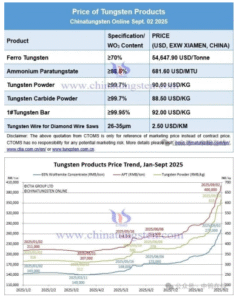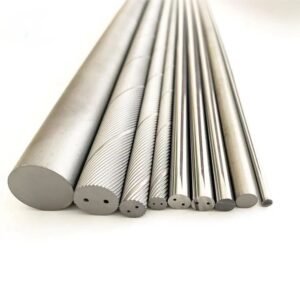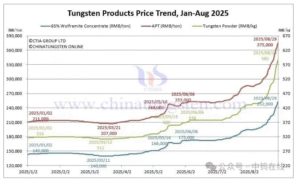In modern precision machining, maintaining sharp and efficient CNC cutting tools is essential to ensuring high-quality production, consistent dimensional accuracy, and optimal productivity. Dull cutters can lead to poor surface finish, reduced efficiency, increased tool breakage, and higher production costs. Therefore, recognizing the signs of a dull CNC cutter is crucial for any production engineer, purchasing manager, or distributor of cutting tools. Below are several professional methods and indicators to determine when a CNC cutter needs replacement.
Visual Inspection of Cutting Tools
The first and most direct method to identify a dull CNC cutter is through a thorough visual inspection. This involves checking the tool's cutting edge for physical signs of wear or damage. A cutter should be considered dull and ready for replacement under the following conditions:
The cutting edge becomes rounded or loses its sharpness, which indicates that the tool can no longer effectively cut the material.
Chipping, fractures, or visible cracks on the cutting edge or corners of the tool, which compromise the structural integrity of the tool.
Discoloration, such as blue or dark spots, which are often a result of excessive heat during cutting and indicate that the tool has been exposed to temperatures beyond its operational limits.
Regular visual inspections, ideally under magnification, can help detect early signs of wear before tool failure occurs.
Changes in Surface Finish Quality
One of the most noticeable indicators of a dull cutter is the decline in surface finish quality. When a cutter is sharp, it produces smooth and precise surfaces with minimal defects. However, as the cutter becomes dull, the following issues may appear on the machined workpiece:
Rough, uneven, or scratched surfaces that fail to meet required tolerances.
Presence of burrs along the edges of the workpiece, which require additional post-processing and reduce overall productivity.
Inconsistent dimensional accuracy, leading to parts that do not meet specifications.
Monitoring the quality of machined surfaces is an effective way to determine whether the cutting tool is still performing properly.
Abnormal Machining Sounds and Vibrations
Audible changes during the machining process are also important signs of tool wear. A sharp tool operates smoothly and quietly, whereas a dull cutter can produce unusual noises and vibrations, including:
Screeching, squealing, or grinding noises during cutting, which indicate excessive friction between the tool and workpiece.
Increased vibration or chatter, which can lead to poor surface quality and potential damage to the machine spindle.
Operators should be trained to recognize these abnormal sounds as early indicators of cutter deterioration.
Increased Cutting Forces and Machine Load
As a cutter becomes dull, it requires more force to penetrate and remove material. This leads to higher loads on the machine spindle and may be reflected in the following ways:
Noticeable increase in spindle load as shown on the CNC machine's monitoring system.
Reduction of feed rates and cutting speeds to avoid tool breakage, which directly affects machining efficiency and cycle time.
Frequent machine alarms related to overload conditions, indicating that the tool is no longer suitable for use.
Tracking spindle load and machine feedback can help operators and engineers identify when tools are underperforming due to dullness.
Overheating and Irregular Chip Formation
Another key indicator of a dull tool is abnormal heat generation and improper chip formation. A sharp cutter produces consistent and well-shaped chips, while a dull tool often leads to:
Excessive heat at the cutting zone, sometimes generating smoke, which can damage both the tool and the workpiece.
Discolored chips, often blue or black, which signify that the cutting temperature is too high.
Dust-like, fragmented, or uneven chips instead of smooth and continuous ones, indicating ineffective cutting action.
Regular observation of chips and temperature during cutting can provide real-time feedback on tool condition.
Conclusion
Identifying a dull CNC cutter requires a combination of visual inspection, monitoring of workpiece quality, attention to machine sounds and loads, and analysis of chip formation. By implementing regular checks and training operators to recognize these indicators, manufacturers can ensure timely replacement of cutting tools, avoid costly downtime, and maintain high standards of production quality.
At Zhuzhou Zhirong Advanced Materials Co., Ltd., we specialize in providing high-quality carbide cutting tools made from 100 percent virgin tungsten carbide powder, offering excellent wear resistance, toughness, and consistent tool life. Our CNC tools, including turning inserts, milling inserts, end mills, and carbide rods, are designed to deliver outstanding performance and precision.
If you are looking for professional solutions to improve your cutting tool performance and reduce downtime caused by dull tools, feel free to contact us at crystalyuan@zrzhirong.com or visit our website at www.zhirongcarbide.com for more information.
We also offer free samples of up to ten pieces for your evaluation to ensure that you receive the best quality tools for your production needs.





